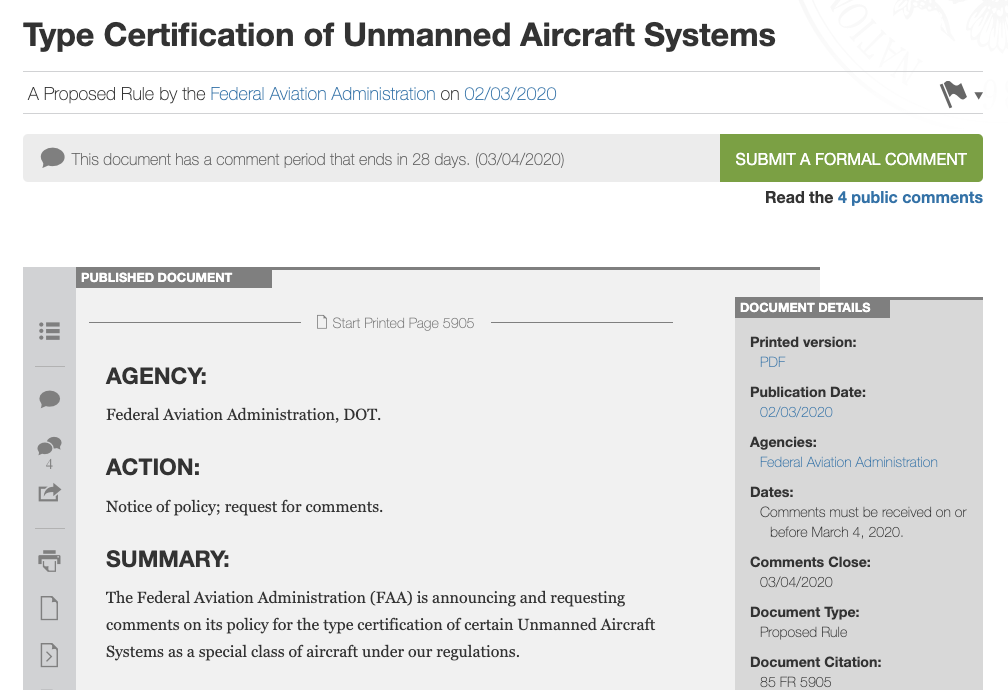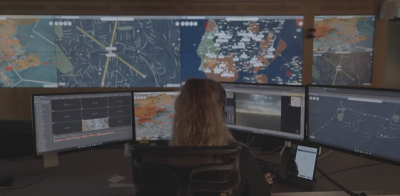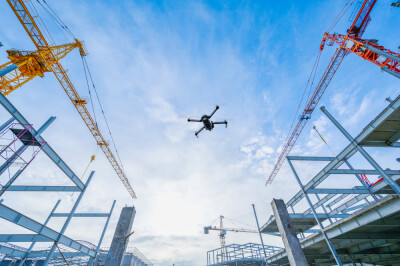Have you ever wondered what certifications are necessary for a new airliner, carrying hundreds of passengers at a time, to receive authorization to fly? It’s a long, expensive and arduous process that only a handful of big companies, such as Boeing and Airbus can afford. These standards, which have applied for decades to commercial and business aircraft, are too onerous and complicated for drone manufacturers to compete.
On Monday, the Federal Aviation Administration (FAA) announced that they plan to review certain types of drone designs in the same way they review other aircraft including those made for package delivery. This is a major step toward allowing routine drone deliveries and other flights over congested cities, but the certification process, even though it would allow drones to share the airspace with manned aircraft, will also increase the cost of producing, certifying and manufacturing unmanned aircraft.
The problem with this policy is that only the big companies with troops of lawyers, accountants and bureaucracy experts will be able to afford the certification process, which will impact smaller UAS manufacturers.
According to the FAA, “This proposed policy applies only to the procedures for the type certification of UAS and is not intended to establish policy impacting other FAA rules on unmanned aircraft, such as operations, pilot certification, or maintenance.”
In other words, this proposed ruling applies only to the aircraft and not the operator or the pilot. This means the cost of compliance would be on drone designers and manufacturers.
But there are some benefits to this cost. Current regulations allow hobbyists and commercial drone operators to fly, but with strict limits designed to protect people, property and other aircraft. Those restrictions are partly the result of the lack of any regulations governing how drones are designed and built. This new rule would change that. The proposed law would also allow the Federal Agency to grant “special” design approvals even when its regulations don’t cover a type of aircraft.
The issue is a double edge sword. On the one hand, drones produced under this ruling will be able to fly in the same airspace with their manned counterparts, but the process to get them in the air in the first place will cost exponentially more.
The FAA will accept comments for 30 days and we encourage our readers, especially those involved in design and manufacturing, to read the proposed ruling and comment.















Comments